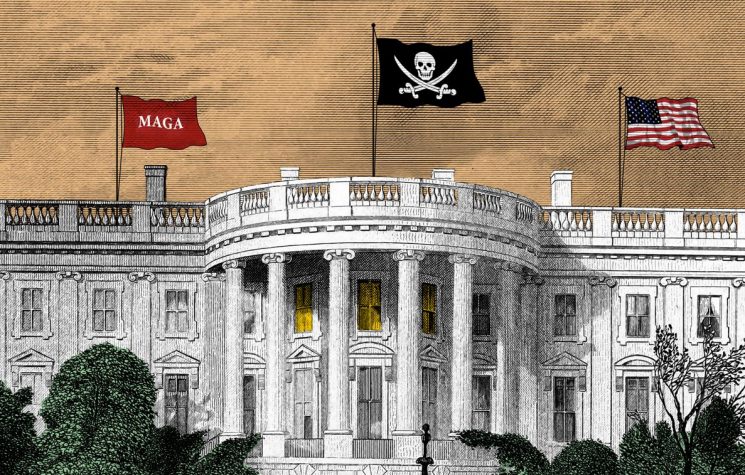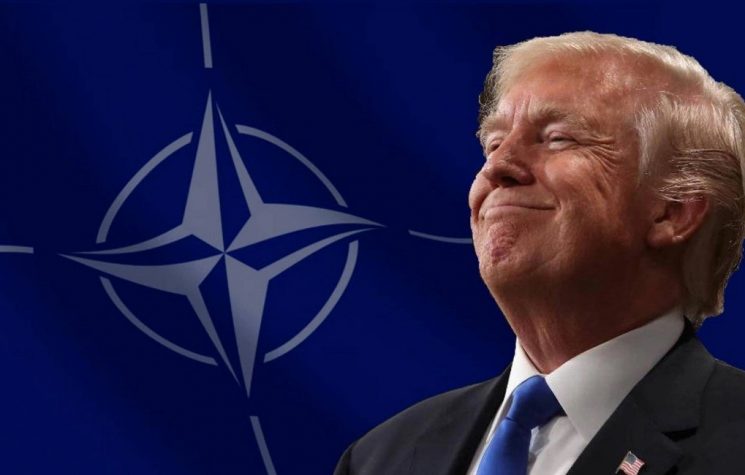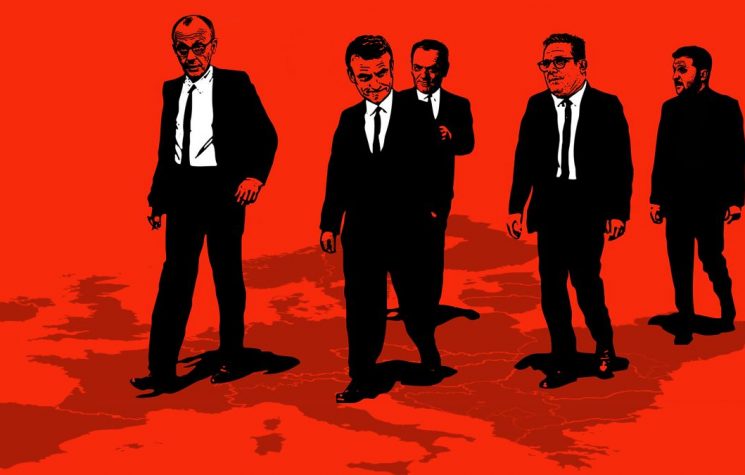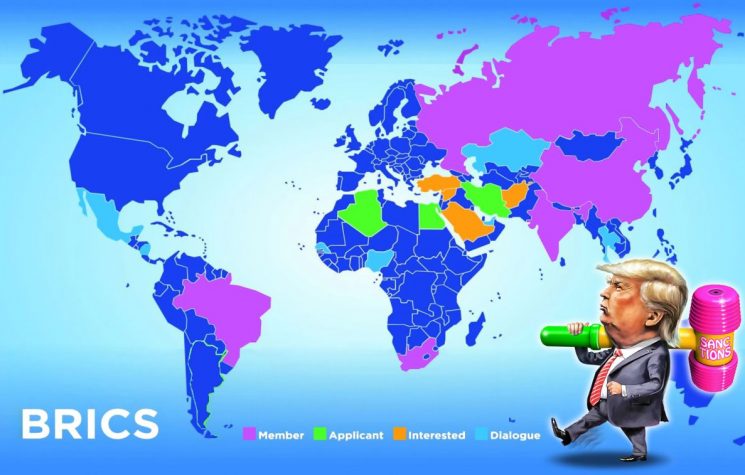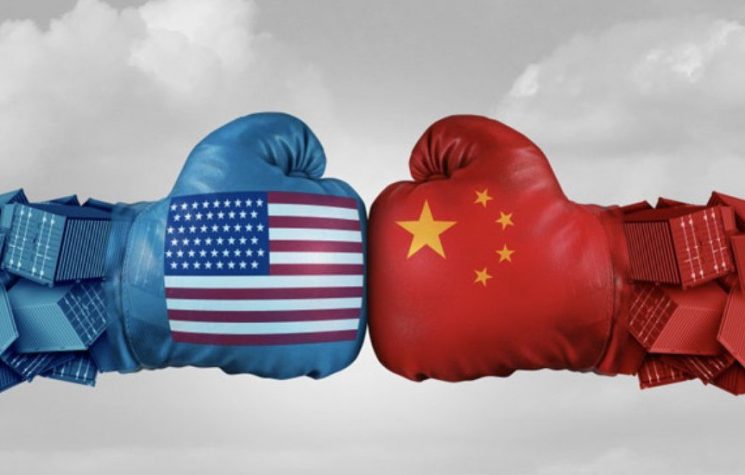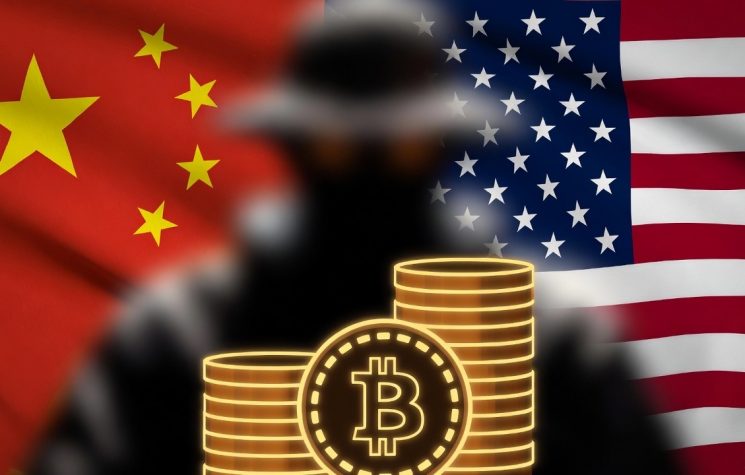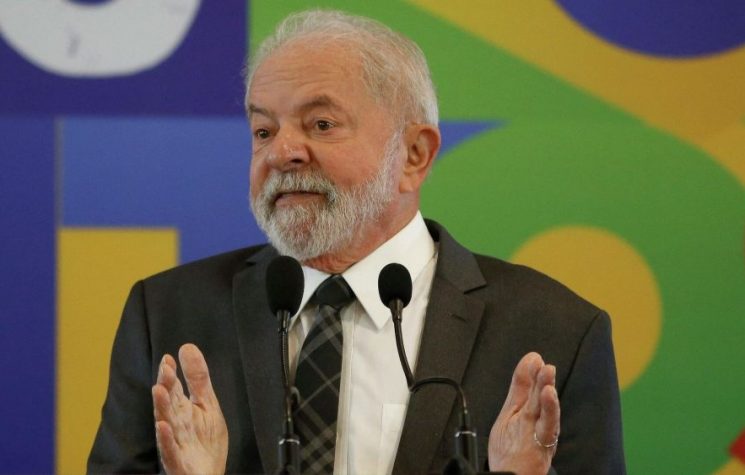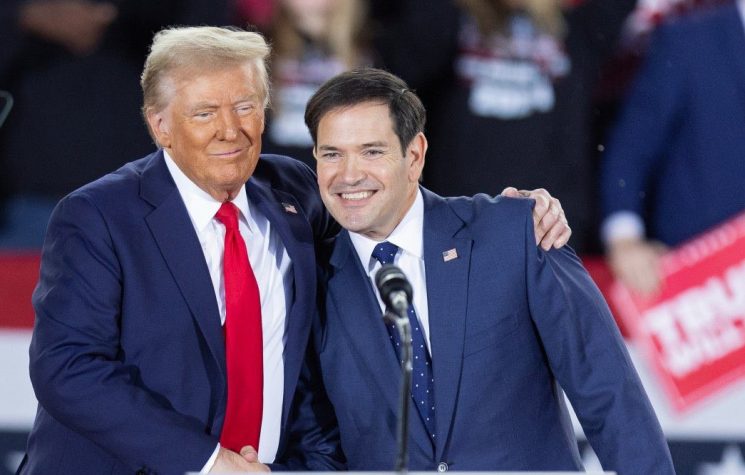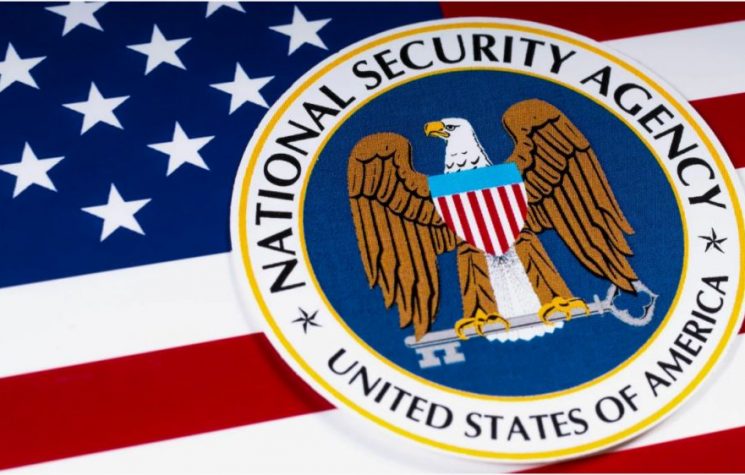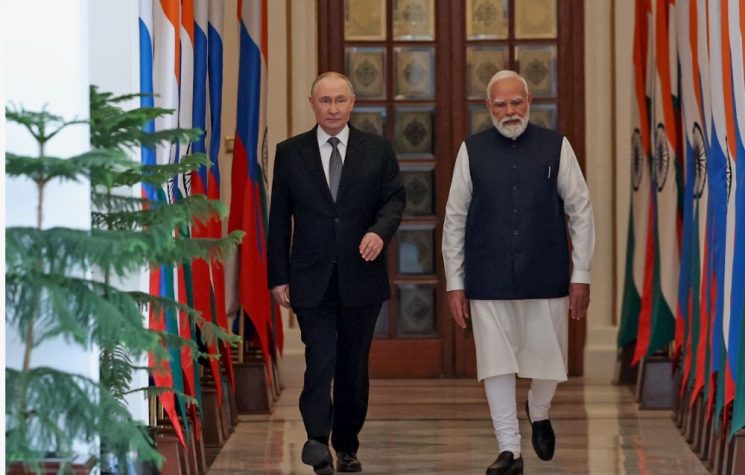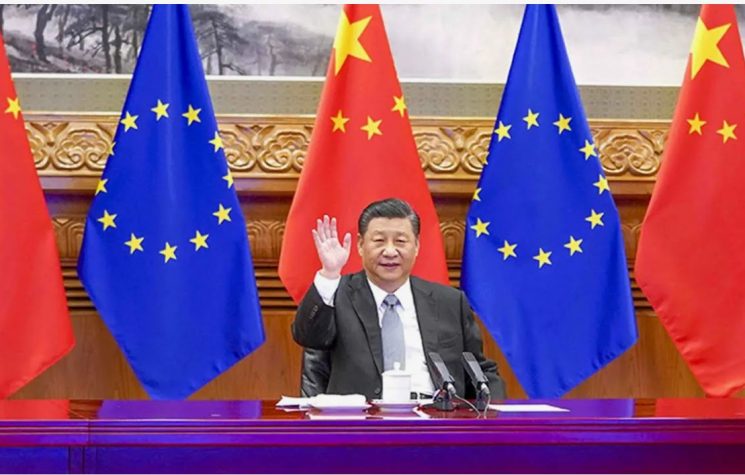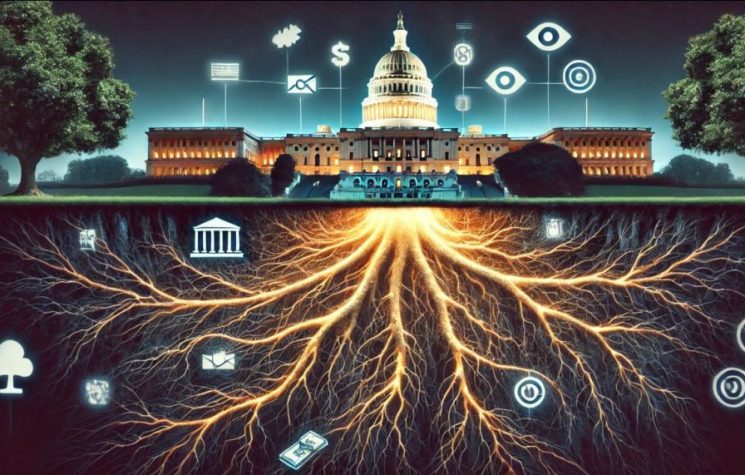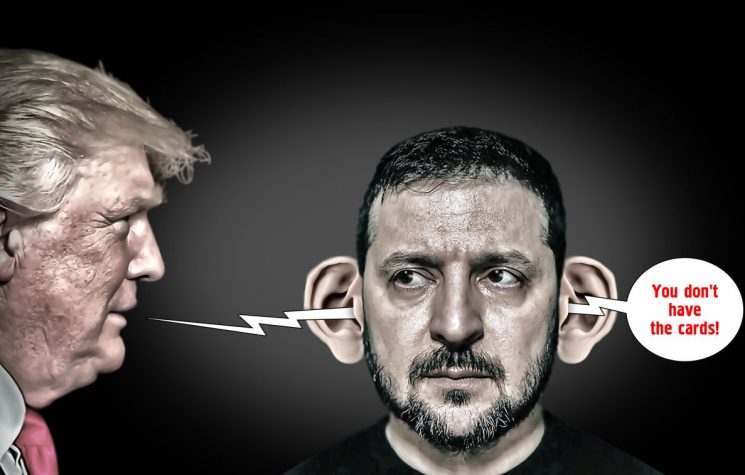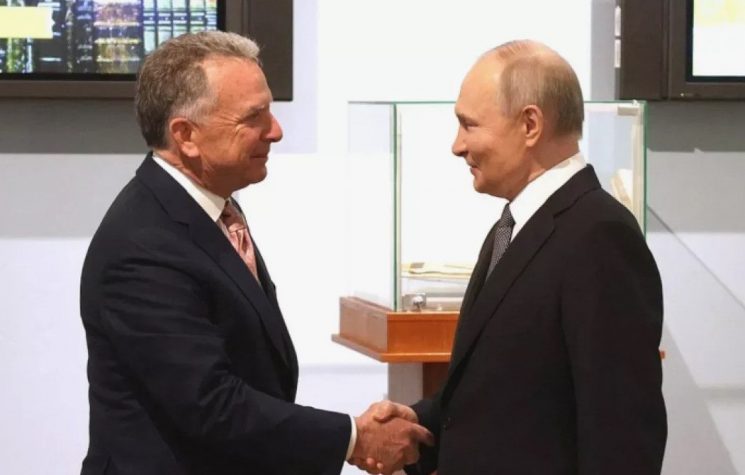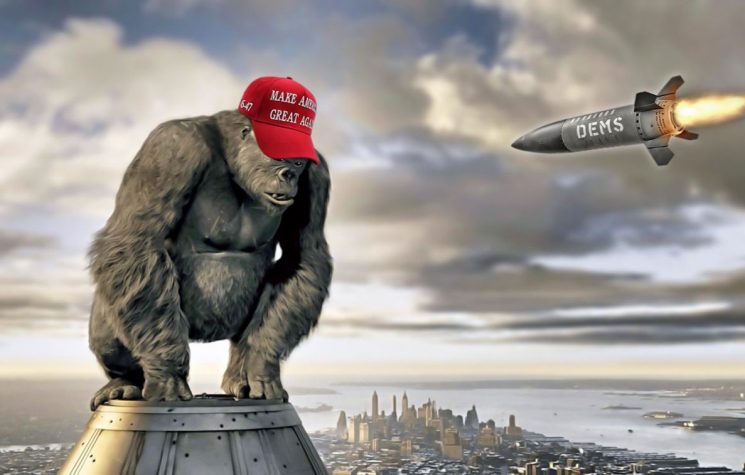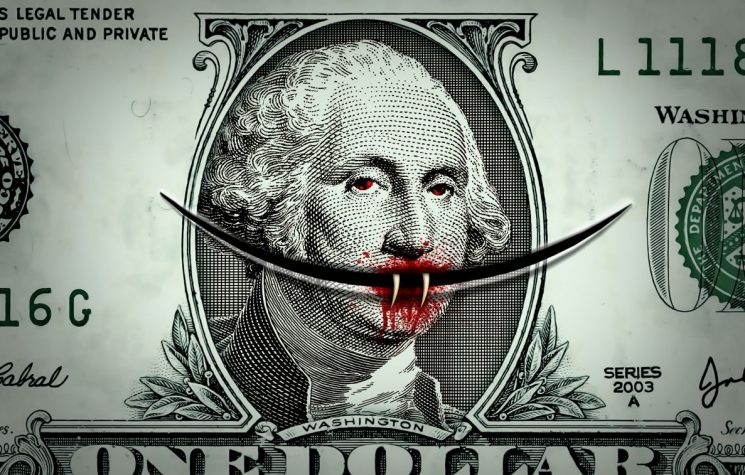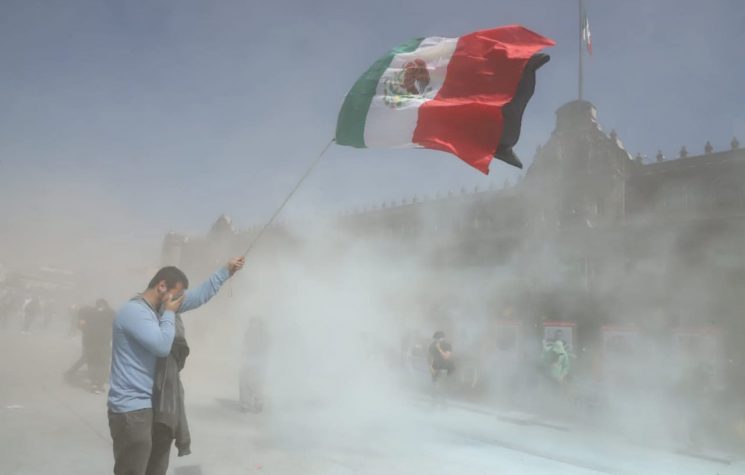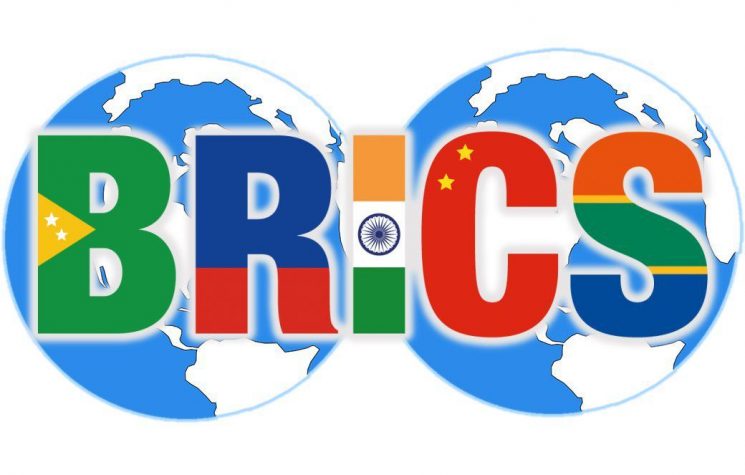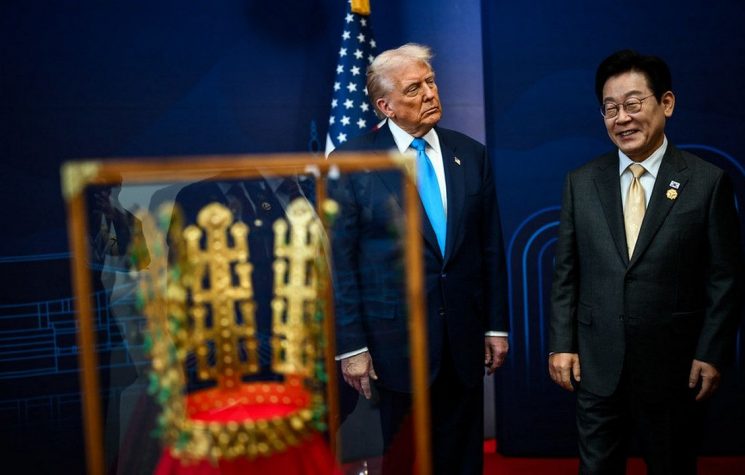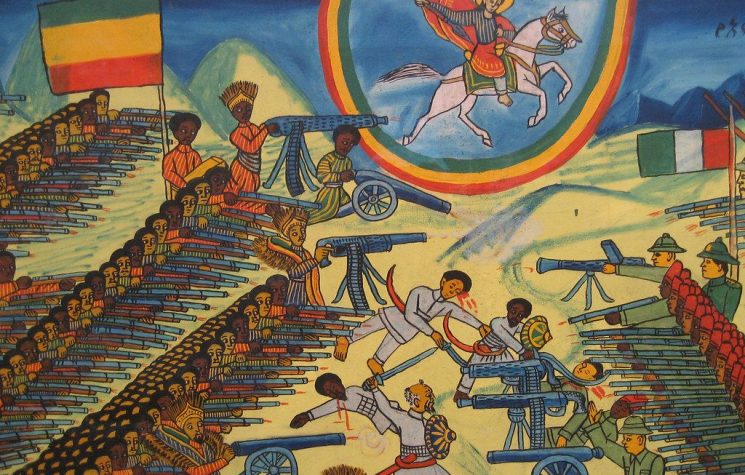Donald Trump takes the path of trade war by attacking the BRICS currency, but the rules of the international game are no longer those dictated by the United States.
Contact us: info@strategic-culture.su
Donald Trump takes the path of trade war by attacking the BRICS currency, but the rules of the international game are no longer those dictated by the United States.
The rules of the game have changed
There is no doubt about it: a flying start. Of what he promised on the campaign trail, the Potus has so far delivered only on what he had arranged to sit comfortably in the White House: cleanup among the intelligence leadership, repositioning of strategic figures to run Congress and the Supreme Court so that he does not have too many obstacles to govern, a few of his trusted cronies to handle foreign policy in hostility to Iran and China, a few former business cronies to administer the failures of industry and real estate. Everything else, however, is disregarded day after day.
It was to be expected – and indeed it is curious that so many were caught up in the psychedelic furor when there was already enough information concluded to see how it would go – because Trump is a businessman, he knows well how to build success, namely by eliminating from his path all opponents and enemies, one by one. A true American cowboy.
That’s how he immediately got back on his high horse with Russia, intimating strange unilateral solutions for Ukraine – and proving once again that this is a conflict wanted and managed by the United States – only to realize that the winner’s train no longer runs on the rails of the Mississippi, but on the Silk Road and the Trans-Siberian Railway.
He well thought it was also the case to provoke China over Taiwan-as he promised from the beginning of the election campaign-and ended up with the embarrassment of China’s new People’s AI, DeepSeek, pulled out like a rabbit out of a hat right at the end of the Washington show, something that stunned everyone, especially President Musk’s entourage, er, no, Trump, who had invested for years in the trusted Pretoria collaborator hoping to win the tech battle, and instead found himself, once again, with a surprise move by the other players.
But you see, dear Donald, it’s only a game! Be a little more sporting.
Instead, no. Trump has decided in one fell swoop to attack all the BRICS. Not just China, just Iran, just Russia, no, all the BRICS. Convenience package. Total war, after all, is always on sale. He did so with a post on X, employing rhetoric that is almost laughable: “The idea that the BRICS countries are trying to move away from the dollar, while we stand by, has survived. We will ask these seemingly hostile countries to pledge not to create a new BRICS currency and not to support any other currency that replaces the powerful U.S. dollar, otherwise they will face 100 percent tariffs and will have to say goodbye to sales in the wonderful U.S. economy They can go find another stinking nation. There is no way the BRICS will replace the U.S. dollar in international trade, or anywhere else, and any Pars who try to do so would have to say goodbye to America!”
The passive-aggressive style of Trumpian deterrence hints at the realization that things are no longer as they were in 2017. America is no longer the Hegemon that can decide the fate of humanity. This Trump is realizing. The do-gooder solicitation toward adversaries and enemies is just yet another confirmation of a fact that is now self-evident.
The trade war cannot wait
It is clear that Trump’s move is by no means accidental. At the beginning of this, his second term, with ambitions to make America great again as it once was, he must confront the great trade gap that has been created. He has reiterated threats to Canada and Mexico, with tariffs at 25 percent as a deterrent to uncontrolled immigration, drugs, medicines and subsidies provided.
The BRICS might perceive Trump’s move as direct pressure and a threat to their economic sovereignty: this can only accelerate the de-dollarization process, introducing retaliatory tariffs against U.S. products so as to hit farmers and industrialists. At that point, Trump would respond with tariff increases. All of this would hurt the U.S. economy. The rest of the world has already proven that it can cope, that it can circumvent sanctions and that it can even technologically outpace the primacy of the dollar.
Such a situation is not at all desirable for Wall Street, which suffers from fluctuating markets. Instability resulting from the reduction in the capitalization of large companies, particularly those linked to China, and the objective difficulty in meeting consumer needs for domestic demand would lead the U.S. to a worsening of the low-profile civil war that has been going on for years.
Even in the face of a BRICS currency slowdown, however, the reformatting of the global market will not stop.
However, one should not make the mistake of looking at the finger when the moon is behind it. What BRICS has already done is much more than a single currency: they have changed the global market.
Washington is throwing a tantrum because it has fallen behind, but it won’t do much good. In a sense, the deterrence wielded overbearingly for years is coming back. This process was predictable-at least geopolitically and economically-because the structures on which American liberalism is based are like bombs on a timer, ready to explode in the system’s decline phase.
The words issued by Kremlin spokesman, Dmitry Peshkov, regarding Trump’s statements arouse some suspicion: “At this point we should remember the words of our president, which are much more important and significant for us. The fact is that BRICS is not talking about creating a common currency and has never done so. BRICS is talking about creating new joint investment platforms that will enable joint investments in third countries,” a position that also fits with the line taken by India.
Whether indeed the BRICS Pay project has been passed or put on hold, we will find out shortly. We know for sure that the Brazilian presidency will not follow the same pace as the Russian one, posing quite a few obstacles to the continuation of the work begun in 2024. The balance with U.S. soft power in South America will be crucial.










